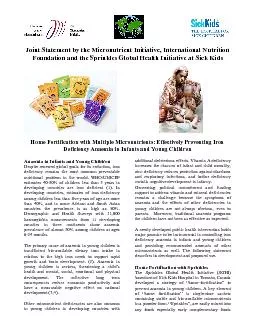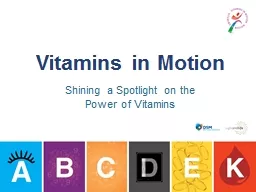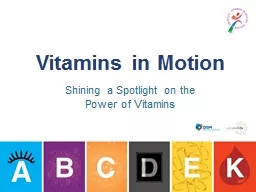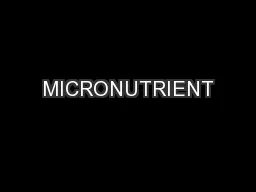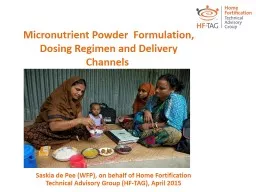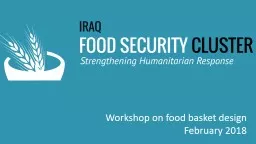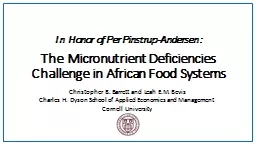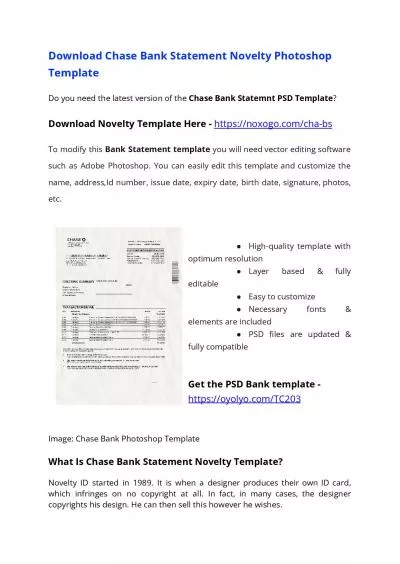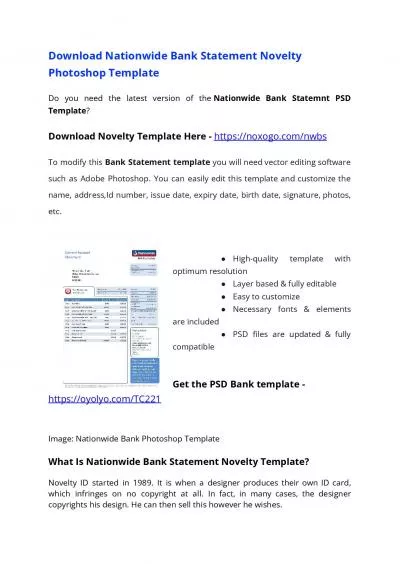PDF-Joint Statement by the Micronutrient Initiative, International Nutriti
Author : mitsue-stanley | Published Date : 2015-10-30
Home Fortification with Multiple MicroDeficiency Anaemia in IAnaemia in Infants and Young Children Despite renewed global goals for its reduction iron deficiency
Presentation Embed Code
Download Presentation
Download Presentation The PPT/PDF document "Joint Statement by the Micronutrient Ini..." is the property of its rightful owner. Permission is granted to download and print the materials on this website for personal, non-commercial use only, and to display it on your personal computer provided you do not modify the materials and that you retain all copyright notices contained in the materials. By downloading content from our website, you accept the terms of this agreement.
Joint Statement by the Micronutrient Initiative, International Nutriti: Transcript
Download Rules Of Document
"Joint Statement by the Micronutrient Initiative, International Nutriti"The content belongs to its owner. You may download and print it for personal use, without modification, and keep all copyright notices. By downloading, you agree to these terms.
Related Documents

